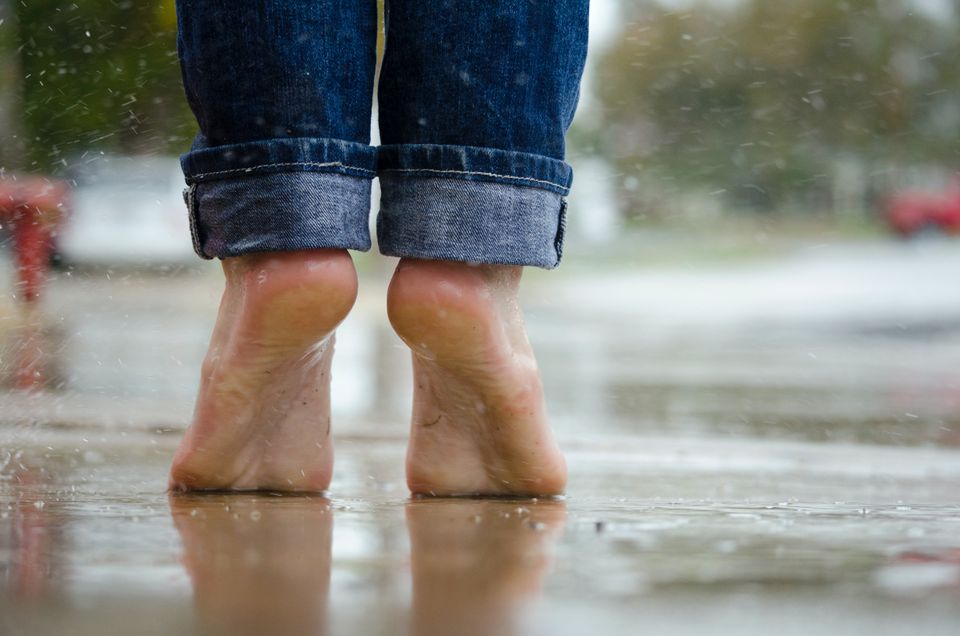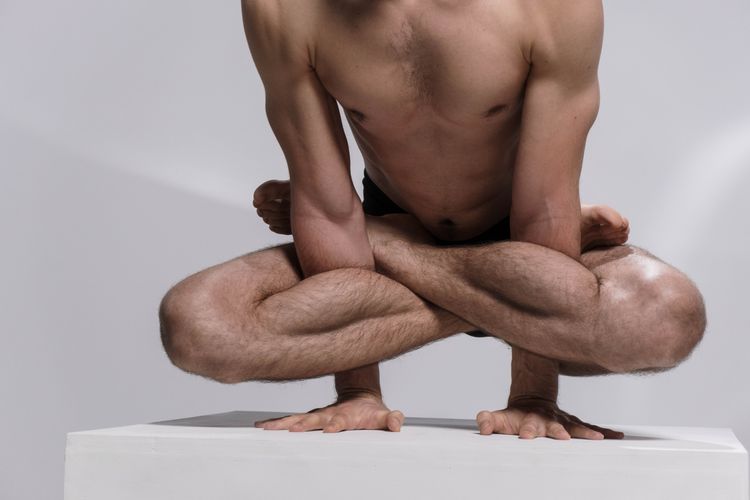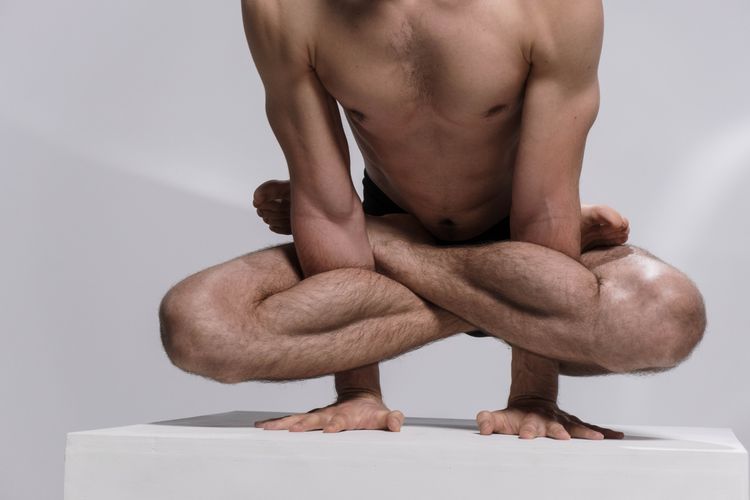🦀 PT Crab Issue 84 - Drop it like it’s a hot navicular.

Okay, last week’s music reference title was better, I admit it. But hey, thing have been stressy over here in Crab land as I pump through the last couple weeks before spring break, attempt to shop for a house in the world’s most insane market, and push through anxiety attacks to get to class. All three of these things are getting better thanks to the dogged work of three different helpers in my life and the ever helpful care of my wife (of five years in a couple months), but that’s not to say it’s been easy. On the plus side, Liverpool just won the EFL cup, so that’s something to smile about.
But I push on through it all and the Crab comes out, a rock in a sea of chaos. Hopefully it serves a similar purpose for you, anchoring your week with knowledge and info you can’t get anywhere else. If you want even more (double) please consider becoming a supporter at PTCrab.org/subscribe it’s just a couple of bucks a month and is a huge help in keeping PT Crab growing and keeping up morale over here in RVA.
With that, let’s dive in!
Navicular Drop Test. It’s Easy and It Works
The Gist - Researchers wanted to see how the quick and easy navicular drop test compared to the Foot Posture Index and footprint parameters, so they grabbed 71 people and did some calculating. The navicular drop test is a simple way to evaluate the medial longitudinal arch of the foot. The researchers argue that that’s important, since:
A decrease in the MLA height is related to modifications in the lower limb alignment, including subtalar pronation, tibial internal torsion, tibial internal rotation, greater genu recurvatum, anterior knee laxity, pelvic anteversion, and lumbar lordosis. The height of the MLA may affect muscular activity. A Navicular Drop Test (NDT) score of ≥13 mm is associated with decreased concentric plantar flexion strength compared to normal MLA. In addition, the height of the MLA is considered a relevant factor for several lower limb pathologies, including medial tibial stress syndrome, patellofemoral syndrome, and non-contact anterior cruciate ligament injuries and foot pain.
So yeah, it’s a big deal.
To pull off the NDT, the patient stands barefoot, you mark their navicular tuberosity, palpate the lateral and medial aspects of the taller dome, then move the foot until the talus is centered. Lastly, you measure the distance from the navicular tuberosity to the floor. On this test, interrater and intrarater reliability were excellent (>.9) and correlation with the FPI and footprint measurements were very high as well. Great news for the test.
Tell Me More - This was only tested in people with a low medial longitudinal arch, so it may not be generalizable to a full population, but it’s still great news for an easy test. The researchers argue that this measurement is essential in foot and lower limb assessment since it’s so closely related to so many conditions. Now that this test shows great reliability, it makes navicular drop much easier to measure in a clinical scenario. It should take under a minute to pull off. Yay!
Paper? Of course dood. Open access here.
What does gait retraining do for running? It Depends.
The Gist - Okay, it doesn’t really depend, but kind of. I’ve just heard that phrase about a dozen times this week when I ask followup questions in class, so I’m feeling a bit snide about it. We have a fair bit of evidence about it that this 2021 systematic review and meta-analysis lays out. There is some dependence to gait retraining, it depends on what you’re measuring. Lemme lay it out for you.
They included 19 trials with 673 participants and we’ve got some highlights. There are also some deeplights in the paper, so do check it out if you’re into running. And if any of this sounds familiar it’s because I referenced it in last week’s Crab. But I digress, here are the results. We’ve got moderate certainty evidence that step rates can be increased and average vertical loading rates decreased. Which is great news. Then we’ve got low certainty evidence that foot strike retraining increases knee flexion but (weirdly) doesn’t change the ankle kinematics. Lastly, we’ve got insufficient evidence that it reduces pain. There’re some positive signs, but we don’t know for sure yet.
Tell Me More - It’s a 44(?!) page paper, so there’s plenty more to tell and Imma try to have a gentle hand in doing so. Most of the reason this data comes back as low and moderate evidence is because this is a meta-analysis and heterogenous data screws those up. And unfortunately a lot of this data is heterogenous. For pain, for example, there were just two trials. One reported significant, large decrease in knee pain after gait retraining toward non-rearfoot strikes while the other that looked into increased the step rate didn’t show any pain differences. This is a place meta-analyses can muddy data, rather than making it clear as they try to bundle generalities like “gait retraining” together. All this to say, if you’re interested in the details on this one, you gonna have ta read the paper because there’s a lot and it’s really tough to pull apart into bite-sized chunks. So pop in, find what you’re interested in, and follow up. Or email me a specific question and I’ll do the hard work for you cuz I’m such a nice guy. Seriously, just lmk.
Paper? Gotcha gotcha. It’s on JOSPT here.
Thanks for reading! As ever, please share to help PT Crab grow, I really appreciate your time and any emails or feedback you shoot my way. Thanks!






Comments
Want to leave a comment and discuss this with your fellow PTs? Join PT Crab and get summarized PT research in your inbox, every week.